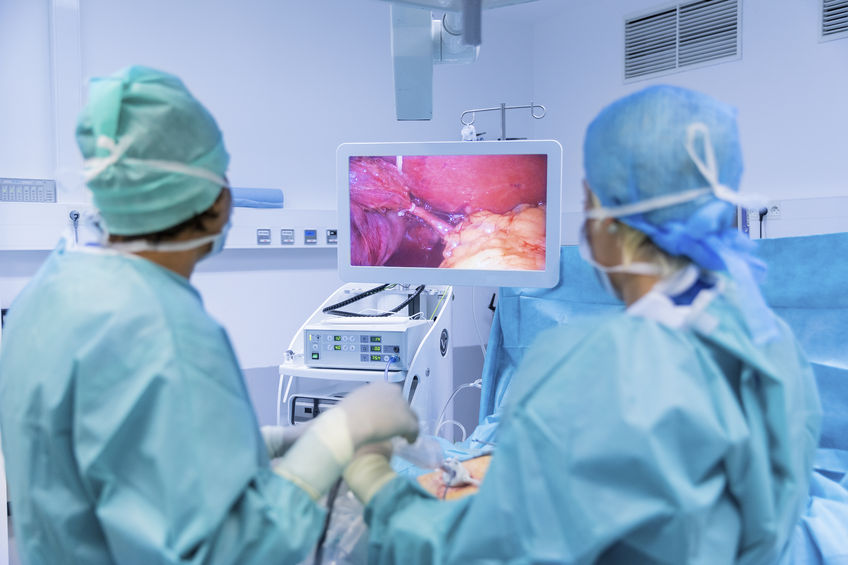
Xenon Lamps & Endoscopy Equipment
Ever wondered what the big deal is with Xenon Lamps? Let’s go over some of the basics to bring you up to speed. Xenon lamps create light by sending electricity through an ionized gas at very high pressure. The reaction creates an extremely bright white light that looks a lot like natural sunlight. Its uses are abundant ranging from searchlights, film projector lights, the medical industry, science labs and even automotive headlamps, although these are little different.
While Xenon lamps seem like a newer technology the technology was first discovered by P. Schulz in 1944. Once discovered the race was on to further refine the tech for use in film projection. 1950 was the first year it was used during the 216th session of the German Cinematographic Society in Berlin.
The continuous white light created by the xenon arc is pretty small. This actually helps the light be able to be focused with a good level of precision. This made Xenon lamps a good solution for microscopes and other medical related instruments like endoscopes.
The way Xenon lamps create their light comes in two flavors, Pure Xenon and Xenon-Mercury. A pure Xenon lamp generates a tiny, pinpoint cloud of plasma. It’s located where the stream of electrons leave the cathode. The electrons moving through the plasma cloud collide with the anode creating heat. That heat is dissipated by the lamps engineered cooling system. The light that is emitted is relatively continuous and has a color temperature of about 6200K.
Xenon-mercury xenon lamps are similar to pure xenon lamps except that the plasma cloud is typically smaller in a xenon-mercury lamp due to the stream of electrons losing energy due to the mercury atoms which are heavier. Xenon-mercury lamps are typically used for UV curing and sterilizing.
Ceramic xenon lamps add a ceramic body and a reflector. The reflector can produce collimated or focused light based on its design. The ceramic xenon lamp is used a great deal for endoscopes and dental lighting.
Xenon lamps have a negative temperature coefficient. This is similar to many other gas discharge lamps. They operate at a low voltage with high-current pulse voltage of about twenty to fifty volts. Because xenon lamps are very unstable sometimes experiencing plasma oscillation and thermal runaway, they require a power supply that controls the instability which could cause flickering from within the flame. If these instabilities were not thwarted it could easily lead to damaged electrodes.
MedService Repair carries Xenon Bulb replacements for many endoscopes that are compatible with the OEM replacement bulbs for 3D Scope, ACMI, Acufex, Acuity, Aculux, ALM, Applied Fiberoptics, Baxter. BEI,Xylog, BFQ Maxenon, Buron, Cabot, Concept, Cooper Surgical Endomed, Dyonics/Smith & Nephew Dyo-Bright, Endolap, Endomedics, Envision, FPO, Fujinon, Fulton, Getinge Castle-Alm Starpointe, Kay Swallowing, Laborie, Leica, Leisengang, Linvatec, Lorenz, Luxtec, Machida, Medical Dynamics, Mist, Mitsubishi, Nextec, Olympus, ORC, Pentax, Pilling Endoscopy, Pilling Fiber Optic, Medicine White Sun Medicine XL300, Qed, SLM, Smith & Nephew, Snowden, Storz, Stryker, SunOptics, Templar, TTI/Tagarno, Mueller/Baxter,Vanguard, Video Dynamics, Vitalcor, Weck, Welch, Wolf, Woodbine Solos and Zeiss.
